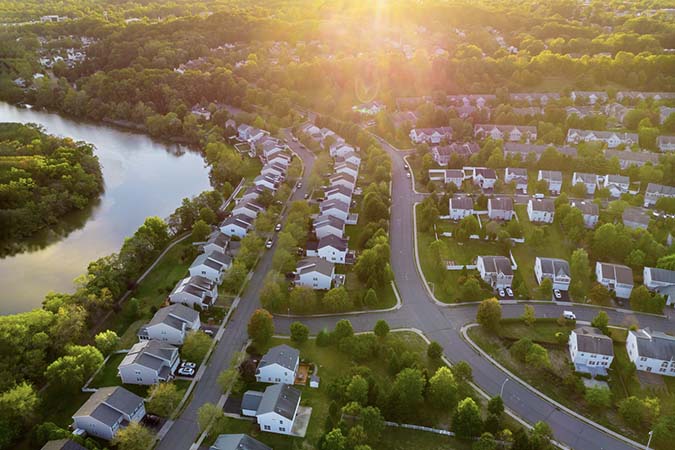
23 Jun Put Your Community Brand to Work to Achieve Your Business Objectives
As we shared in a recent blog post, a brand is much more than a logo and tagline – it’s your reputation, the story of your community and what makes it distinct.
But a community brand is more than just your reputation and story. It also serves as a tool that can be activated in a variety of ways to help achieve quantifiable and meaningful objectives that make a real difference for your city, county or place.
For example, below are just a few examples of outcomes from communities we’ve supported over the years, which often relate directly to the objectives they set out to achieve.
- Downtown New Orleans, Louisiana: $4+ billion increase in new investment
- Virginia’s Blue Ridge: $1+ million in tourism funding
- State of Florida: 84% increase in total job creation
- Cape Girardeau, Missouri: 7.95% increase in restaurant sales
- Columbus, Indiana: 19.2% increase in tourism sales income
- Brookings, South Dakota: 101% increase in web traffic
But how does a community activate its brand? Updating websites, business cards and collateral is a nice start, but ending your efforts there will miss the mark. Activating a brand requires consistent effort and wide application so it doesn’t get put on a shelf a few months after its completion.
While the consumer has a much bigger decision to make in place marketing – moving to a new city or planning a visit – the marketing itself is not much different than when promoting a business, service or product. You must continuously intersect your community where your target audience is looking, with the right message and at the right time. Here’s how you can get started.
What do you want to happen?
Like with any marketing plan, you must begin with the end in mind. What do you want the brand to help achieve? This could range from attracting high-wage employers or more residents, including remote workers, to increase your tax base. Or, perhaps you seek more investment in your downtown, tourism growth or other initiatives. Maybe you want to increase resident pride and awareness of what makes the community special.
These objectives are just a glimpse at what’s possible, but it’s critical you identify what you want to accomplish at the beginning so you can develop the right roadmap to get you there.
At North Star, goal setting for a community takes place during the branding process so its objectives are embedded in every part of how we bring its story to life, but if that’s not the case for you, there’s always opportunity to re-focus.
Who are you targeting?
Most communities will have a finite amount of resources and budgets, so it’s important to prioritize who you want to reach first, then identify where they are located – whether it’s down the road or elsewhere. It can always evolve over time. Deciding the ‘who’ and ‘where’ will inform your marketing strategy and messaging.
How will you reach and influence them?
This stage in the process is where communities establish their marketing strategies and activation tactics. In today’s evolving digital marketplace, more choices than ever exist – from earned media, social media, grassroots marketing, events, paid advertising and much more. It’s vital that community marketers pick the channels that will deliver the most impact to their target audiences, and it is often more than one.
For example, communities with tourism objectives will often turn to digital marketing – such as geo targeted ads and sponsored social media campaigns – to reach individuals who match their ideal demographics in target regions.
Communities that strive to build pride and awareness might create an award program that recognizes residents who embody the brand DNA and story, then promote that program on social and in earned media.
A city aiming to grow its population might offer relocation incentives and market them through earned, social and paid media in the right places to maximize awareness.
The right strategy is always unique to each community, just like its brand story. Find the approach that’s best for you and put it to work.
Make a plan.
But before you get started, make sure you have a plan. Similar to business or product marketing, you’ll only go so far without this roadmap.
Compile the answers to the questions above to develop this plan and include a timeline that operationalizes the next 12 months. When you are approaching the end of the year, analyze the results, learn what worked and what did not, then develop a phase-two plan so that consistent effort never ends.
Not sure where to start? We’re a national leader in place branding and marketing. Contact us today and we’ll help get you on track.
